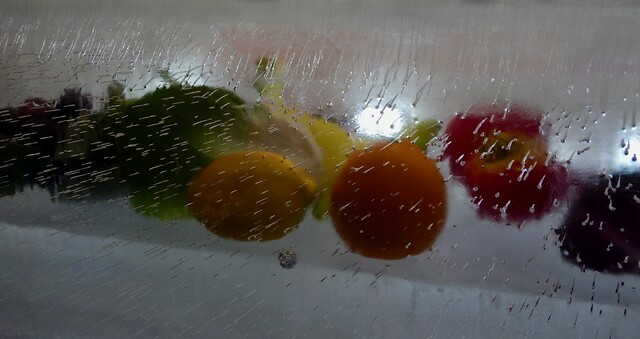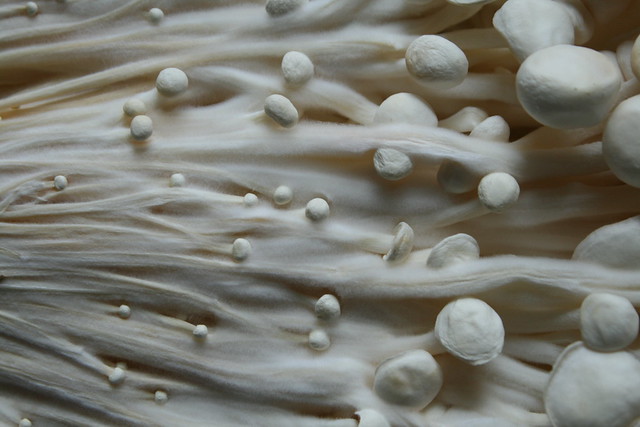Do you really know the ideal
temperature for refrigerator? So that you know when you reach inside your fridge and that leftovers who have in there have turned green and they’re covered with white wisps of mold, or when you look at the tomatoes and they look like a deflated balloon and they’ve got spores growing out of the top, obviously we’re all disgusted by this kind of imagery. Well, luckily, we have refrigerators (even in our
garage), which slow the growth of bacteria on our food.
Freezers will do you one better by stopping bacteria completely by freezing them solid. But we can’t freeze everything. Some foods like lettuce, milk, or eggs are less than appetizing after you freeze them, so there’s got to be some middle ground between freezing your food rock solid and leaving it out to rot.
So What’s The Ideal Temperature For Refrigerator?

Let’s Understand Spoilage Better
Now basically microscopic organisms are constantly feasting on our unattended food items. And spoilage bacteria are fast and inevitable. They’re constantly consuming tiny portions of our food and then spreading their waste all over it. Yum. Well, that’s what makes rotten food smell foul and appear to be spoiled. And bacteria multiply, sometimes rapidly. So as long as nutrition and water are present, bacteria will be making babies, y’all. While there are many methods to detect bacteria, most of them take several hours, unless you happen to have an infrared light handy to trace their biochemical footprints.

Even if you can find them, not all bacteria are necessarily bad. For instance, a certain degree of bacteria is necessary to prevent illness. Others are used by food manufacturers to enhance the taste or texture of their products. Bacteria in
beer can control its calorie content for example. Or the holes in Swiss cheese, occur when bacteria use lactic acid to produce bubbles of carbon dioxide gas that leave holes behind. And of course, there’s yogurt. That stuff has bacteria plenty, containing probiotic enzymes that produce vitamins, enhanced digestion, and aid our absorption of nutrients.
But for the most part, visible bacteria and mold is a sign that food is not suitable to eat. And some can even be lethal, like salmonella and listeria.
Using our cold refrigerators to slow bacteria’s growth without also freezing our food. Now the
US Food and Drug Administration recommends you keep your refrigerator at or below 40 degrees Fahrenheit, which is four degrees Celsius. Anything higher and the food will spoil too quickly. For the food that you could freeze, you’ll want the temperature to be about zero degrees Fahrenheit or -18 degrees Celsius.
And another tip, don’t jam your fridge full of stuff. You know, like leftovers, jams, Punky Brewster. This prevents the proper air circulation needed and can actually hasten spoilage. Now in the
freezer, however, feel free to hill her up. Shove Punky in there, it’s fine. A full freezer actually cools more efficiently.
What is the coldest part of the fridge?
The coldest part of a refrigerator is the back or bottom. The air in a refrigerator never comes to rest, it continues to circulate during all operating periods.
Why is the back or bottom the coldest part of the fridge?
The coldest part in most fridges is usually located near/ around/underneath whatever water through the system (typically in the back). This is because cold air falls and fresh air enters at the top – hence why you should keep your fridge clean too! what’s more important than keeping things organized is keeping them CLEAN!
Cold is heavier than warm, so it sinks to the bottom of an open container (like a refrigerator). Warm air rises, so if you store your vegetables on top of your meats, they will keep longer.
Why are cold things better for storage?
Cold temperatures slow microbial growth which means food stays fresher for longer. Microbes grow most rapidly between 40°F and 140°F – at room temperature bacteria can double in number every 20 minutes! Bacteria only reproduce when they have access to nutrients (especially moisture) and warmth. Exposing any type of food or its packaging to these conditions promotes the growth of microorganisms that cause spoilage, food poisoning, etc.
Video Review: What’s The Ideal Temperature For Your Refrigerator?


